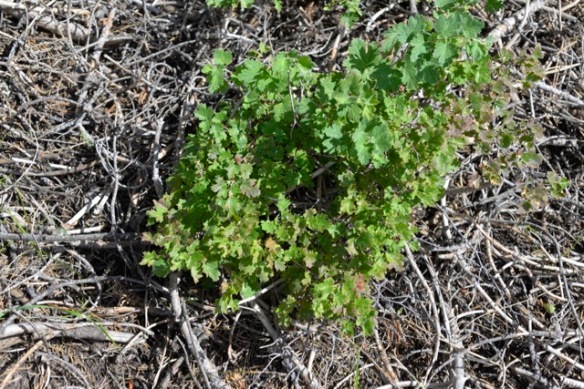
If a magical being pops into existence in front of you and demands that you choose a non-human animal into which you will be reincarnated, one of the first things you should consider is: how many babies does the species have, and how big are they? If you want a good shot at surviving past infancy in your second life, you will want to select a species that has just a few, big babies. Elephants are a good option, with their single giant offspring; ditto whales. Large sharks are a solid possibility, often birthing just two large babies at a time (but you’ll want to be careful that you don’t pick a species—such as the sand tiger shark—in which many embryos are formed in the uterus, and then all but two are eaten by their siblings before birth).
You will most certainly not want to choose to be a species whose offspring look like this:

Cope’s gray treefrog pair with eggs










